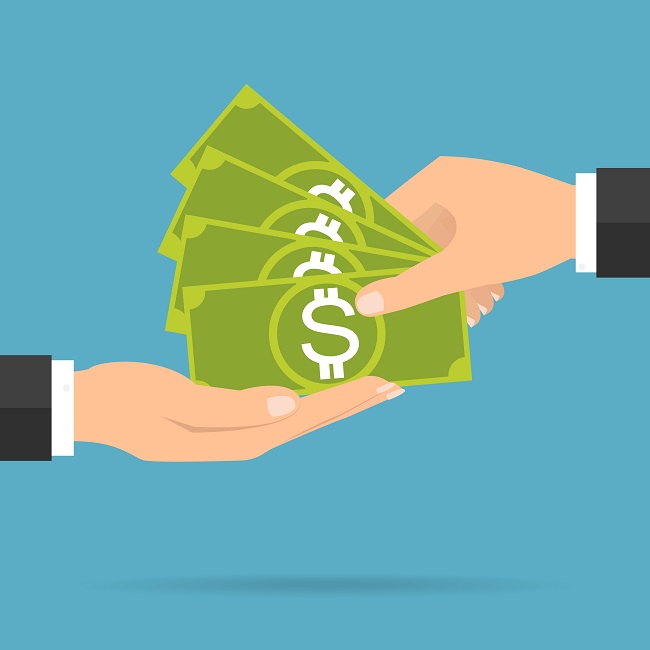When the Fed Raises Rates: What It Means to You
When the Fed raises rates, it could affect your mortgage, especially if you have an adjustable-rate mortgage or a hybride loan. You probably heard the Federal Reserve raised a key interest rate this week by 0.25% to 1.50%. The Federal Funds rate may not be an everyday term consumers refer to but lenders certainly do.
What is the Federal Funds Rate
The Fed Funds Rate is the rate charged to banks when they borrow money from one another on a very short term basis. As in overnight. Why do banks issue such loans in the first place?
Banks are required to keep a minimum amount of cash reserves in their accounts based upon a specified percentage of liabilities the bank owes to customers. When someone wants to close out a savings account, the bank must have enough funds to satisfy that request upon demand. In the course of a business day, a bank takes in cash and makes loans and at the end of the day there needs to be a specific amount of funds available.
How a Rate Change Could Affect Your Mortgage
If you currently have a fixed rate loan, the move means nothing as it relates to your current loan. Your rate is defined in your note and cannot be changed. For someone thinking of buying a home and taking out a fixed-rate loan, the Fed move might have some impact, but not as much as one might think.
Fixed-rate, conforming loans are typically tied to a specific index. For example, in the current environment, a loan underwritten to Fannie Mae standards with the intention of selling that loan in the secondary market, lenders set that interest rate to the price and yield of the concurrent bond. The bond tied to the 30-year rate is the FNMA 30yr 3.5 coupon. This bond, just like any other bond, is traded every day by investors. Investors choose to allocate part of their portfolio to bonds as a flight to safety. Bonds don’t yield much in return but they do provide a safe haven for investors. When investors don’t feel all that confident about the economy, they will put more money into bonds and less in a down stock market. When investors feel the economy is gathering steam, investors sell bonds which drives down the price of the bond. Lower bond prices mean higher rates.
Why Rates Change
The Fed attempts to regulate the economy by controlling the cost of funds. The theory is that lower rates will encourage investment and encourage consumers to take out lower cost loans to start a business, buy inventory or expand. At least that’s the theory. One year ago the Fed Funds rate stood at 0.50%, a full percentage point lower than what it is today. So did lower rates help stimulate the economy over the past 12 months?
It’s difficult to determine a direct impact but there can be no doubt the economy has been on a steady roll over the past year. Just take a look at November’s job numbers, the most recent ones available. According to the Bureau of Labor Statistics, while the unemployment rate remained at 4.1%, a solid number by the way, there were 228,000 more new consumers back on the payroll. That’s a healthy number of jobs added and has been a trend all year.
While the Fed action won’t have much of an impact on fixed rates, at least directly, it will have an impact on adjustable-rate loans. This includes consumer loans such as a hybrid mortgage. A hybrid is an adjustable-rate loan that is fixed for an initial period before turning into a loan that can adjust once per year. As the Fed Funds rate rises, so too do other rates such as the prime rate and Treasury yields. Rates tied to the prime rate, such as a home equity line of credit can also expect their monthly payments to rise as well.
What’s Next
This means a prudent move would be to refinance any adjustable-rate loan into a fixed to ward off any future rate increases. If you or someone you know currently has a home equity line of credit or an adjustable-rate loan, call me and let’s discuss your options…before rates rise again.


